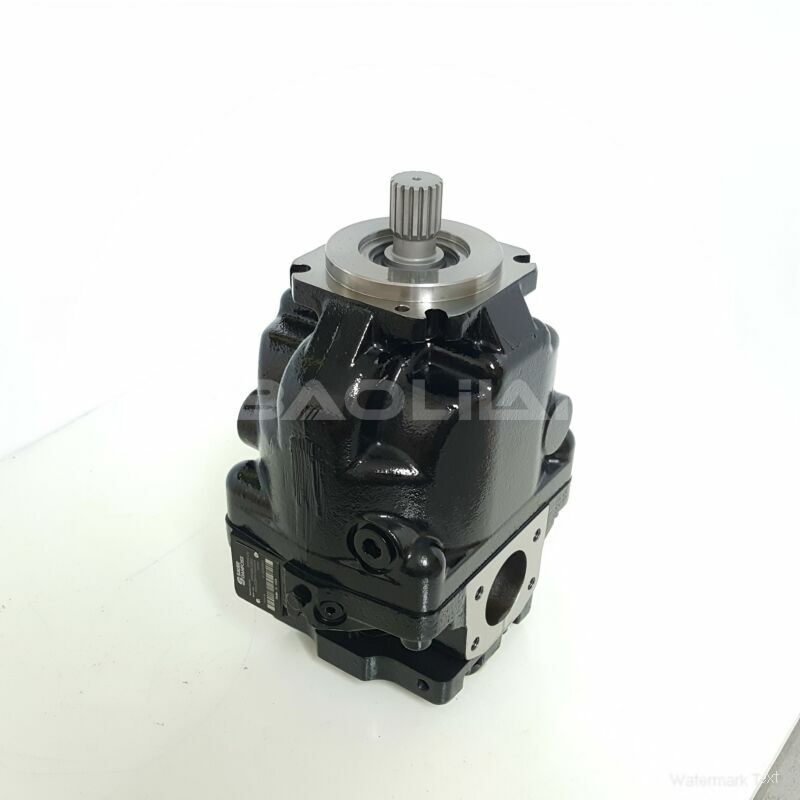ERL130BLS2120NNN3S1NPA1NNNNNNNNNN sauer danfoss pump
ERL130BLS2120NNN3S1NPA1NNNNNNNNNN sauer danfoss pump

- Product Details
- Applicable Scene
Hydraulic systems play a pivotal role in various industrial applications, facilitating operations that range from manufacturing to construction. At the heart of these systems lies the hydraulic pump, an essential component that ensures the steady and reliable delivery of hydraulic power. This article delves into the role of hydraulic pumps in ensuring consistent power within hydraulic systems and their importance in achieving operational efficiency.
ER-L-130B-LS-21-20-NN-N-3-S1NP-A1N-NNN-NNN-NNN
ERL130BLS2120NNN3S1NPA1NNNNNNNNNN
Hydraulic pumps convert mechanical energy into hydraulic energy, allowing for the movement of fluids under pressure. This conversion is critical because it enables the hydraulic system to perform work, such as lifting heavy loads, moving machinery, or controlling the precision of tools. Consistency in power delivery is essential for maintaining performance, safety, and overall productivity.

83001374
One of the primary functions of a hydraulic pump is to generate flow. The amount of fluid delivered by the pump per unit of time is known as the flow rate. A consistent and adequate flow rate is crucial for ensuring that all components of the hydraulic system can operate effectively. If the flow rate fluctuates or drops, it can lead to inadequate force generation, resulting in sluggish performance or even failures in machinery that rely on hydraulic actuation.
Types of hydraulic pumps, including gear pumps, vane pumps, and piston pumps, each have unique designs suited for specific applications. Gear pumps, for instance, are known for their robustness and ability to generate a constant flow at high pressure, making them ideal for applications requiring steady performance. Vane pumps offer variable flow rates, providing flexibility in operations where demand may change. Piston pumps are recognized for their high efficiency and ability to handle diverse hydraulic fluids under varying conditions. Understanding these differences allows industries to select the pump that best meets their needs, optimizing the hydraulic system’s overall performance.





